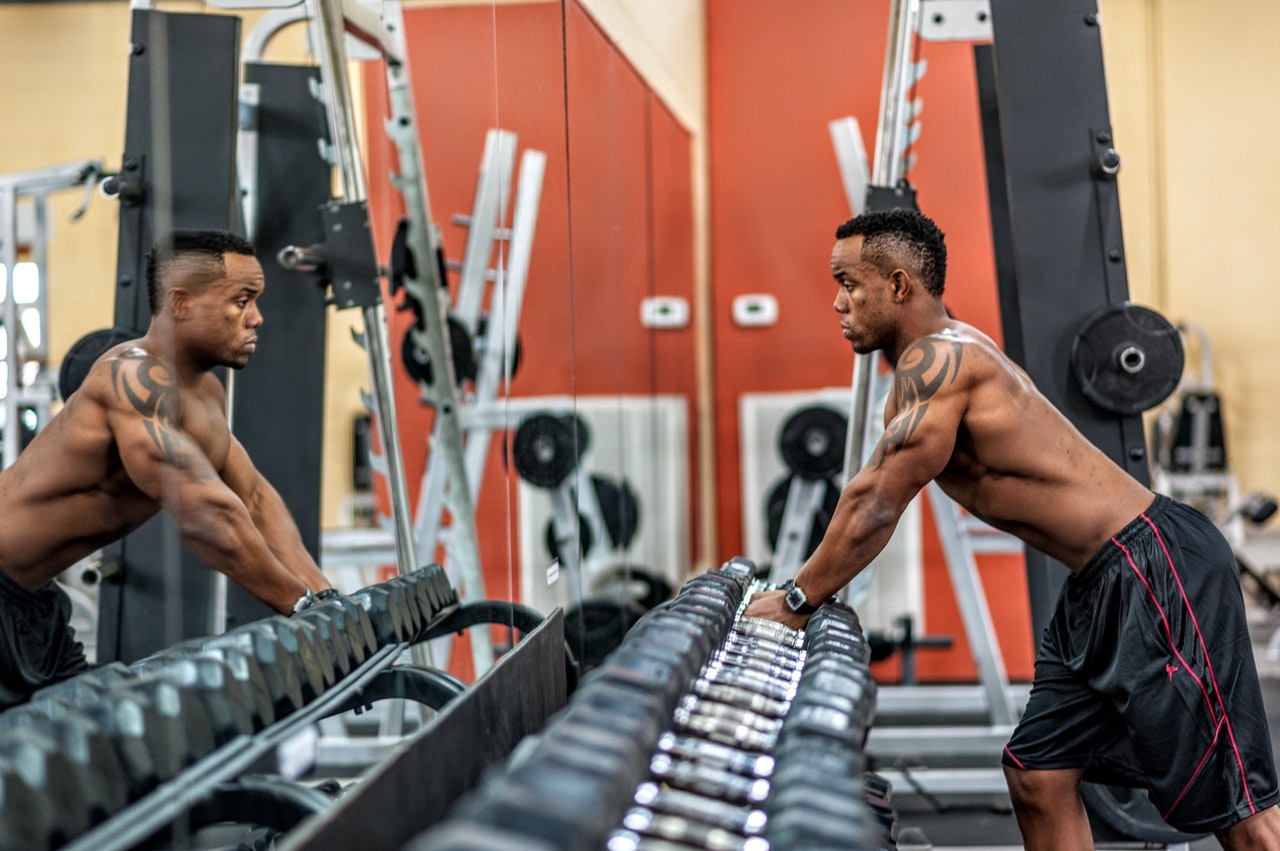
Each weight training session generally begins with the main lifts after a warm up. After the completion of however many sets of those, depending on the goals for the current program, accessory lifts will be conducted.
Generally, I program for 2 accessory lifts per muscle, to activate it in different ways. You’ll see what I mean later on.
These involve everything else in the gym besides barbells. All the cables, machine and dumbbells are used for accessory lifts. They are generally less strenuous than the main lifts as they are only really activating one or two muscles at a time. The way they activate them is the reason they’re so important.
To explain why accessory lifts are used, we have to get into a bit of anatomy and muscle chemistry.
Take bench press, for example. This activates the pectoral muscles (chest) and anterior deltoids (front of shoulder) as well as triceps and numerous deep muscles in the shoulder area for stabilization. One accessory lift for chest is incline dumbbell flies. These are performed with a bench that can incline at about a 45-degree angle with a pair of lighter dumbbells. The starting position is holding the dumbbells together straight up with your arms as straight as possible. They are then lowered out to the sides in a straight line until the stretch is felt in the chest.
The top of the pectoral muscle is targeted much more by these than by bench press, which activates a lot more of the middle and lower pectoral. This allows us to hit a spot that would be lacking in strength had we only done bench press. Aesthetically, it also allows for a more symmetrical muscle in the long run (even if you’re not trying to look like a bodybuilder, symmetry is aesthetically better and healthier!).
These also allow you to stress the muscle in different ways than a main lift. More muscle stretch, different angles of movement, different ranges of movement, isolation of specific muscles, more eccentric movement (eccentric is when your muscle is lengthening while under stress, like coming down during a pull-up). This way you can ensure the muscle is ready for whatever you throw at it rather than just one range of motion. This will lead to less injury and more all around functional strength.
The multitude of motions possible given all the machines, dumbbells and benches and their respective ability to adjust to different angles gives us a huge assortment of accessory lifts to choose from. Here’s a list based on muscle groups:
Chest-
- Dumbbell bench press
- Dumbbell incline press
- Dumbbell decline press
- Dumbbell incline flies
- Dumbbell decline flies
- Cable crossovers- down or up
Shoulders-
- Lateral flies
- Cable flies
- Shrugs
- External/internal rotations
- Front raises
- Rear deltcable flies
Back-
- Dumbbell rows
- Straight arm lat pull-downs
- Cable rows
- Lat pull-downs
- Pull-ups
Legs-
- Leg press
- Extensions
- Leg curls
- Calf press
- Weighted lunges
Incorporating these into your weight training with 2 or 3 per muscle group and mixing them up over time ensures the muscle is activated in different ways every time. Variation is the key to success.
These should never be seen as only a secondary lift and of little importance, the main lifts are the foundation but these are the structure on top of it. Any imbalances or weaknesses are fixed through targeted accessory lifts to that muscle or region.



